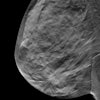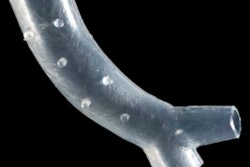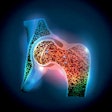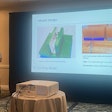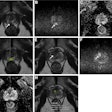Dear Advanced Visualization Insider,
Ongoing developments in CT and 3D printing technology are extending their reach beyond the clinical setting.
Researchers from the U.K. and Germany, for instance, developed a new technique that combines CT and 3D printing to re-create the voice of an ancient Egyptian mummy. This edition's Insider Exclusive delves into the fascinating details of this technique and the implications it has for communicating with the past.
For radiology, now is the time to leverage 3D printing and related emerging technologies to find new ways to make the specialty valuable to other departments and patients, according to a presentation on medical 3D printing at the recent RSNA 2019 meeting in Chicago. Perhaps the best way to accomplish this is to invest more in the education and training of radiologists and students on the technologies, the presenter said.
Radiologists from Poland and Canada have picked up on this message and have already begun to integrate 3D printing into cardiac care. They discussed the distinct benefits not only of 3D printing but also augmented reality for the management of intricate cardiac conditions, outlining the distinct advantages of each technology in an educational session at the RSNA conference.
Also at the meeting, radiologists from Maryland shared the various ways in which cinematic rendering could support the clinical evaluation of congenital vascular anomalies. The relatively new imaging technique creates photorealistic 3D reconstructions of images that can provide enhanced views and information on the exact size, location, and depth of pathology not visible with conventional CT scanning or 3D volume rendering, they said.
More recently, a group from Australia used virtual reality (VR) to simulate patient positioning for x-ray exams. The VR simulation program allowed radiographers in training to practice their positioning skills with greater efficiency and ease than the standard training method.
Finally, a recent study published in the New England Journal of Medicine featured 4D CT and emphasized its value in determining the ideal treatment strategy following transcather aortic valve replacement procedures.
AuntMinnie.com's Advanced Visualization Community is brimming with numerous other news and stories featuring the latest developments in the field. As always, I welcome you to send me any ideas for topics you would like to see covered in the near future.
